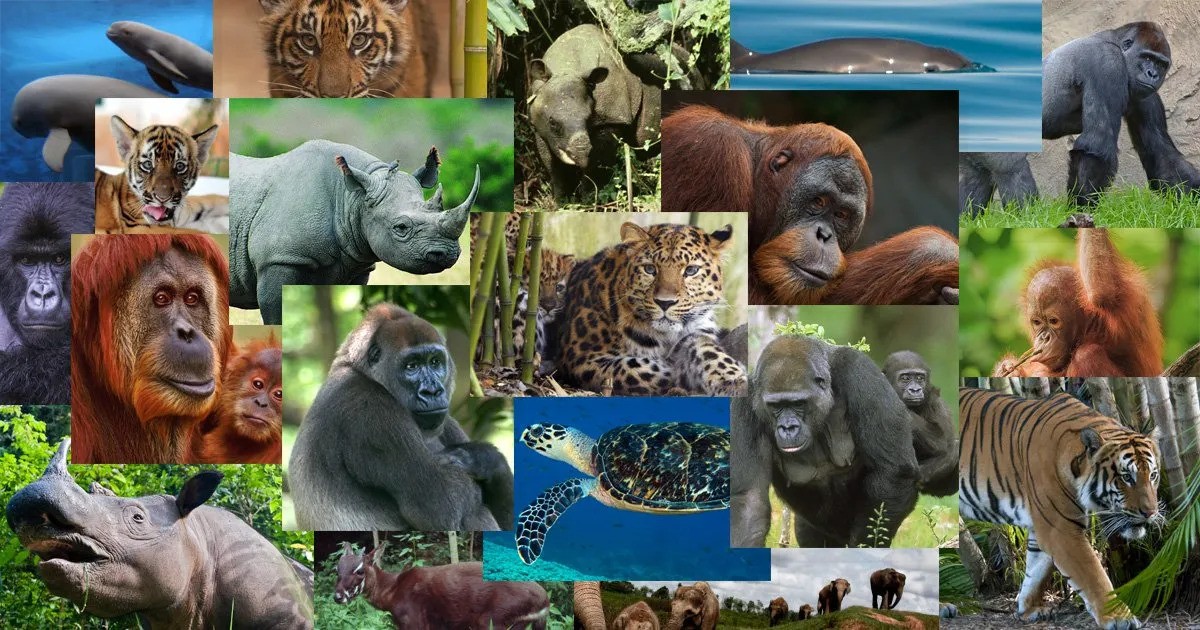Animals are fascinating creatures, each with its own unique behaviors and ways of interacting with the world around them. From the intricate mating rituals of birds to the complex social hierarchies of wolves, the study of animal behavior offers profound insights into the natural world. In this comprehensive guide, we’ll delve into the fundamentals of understanding animal behavior, exploring its importance, key principles, and methods of study tiere wissen.
Why Study Animal Behavior?
Understanding animal behavior is crucial for various reasons, both practical and academic. Here are some of the key reasons why studying animal behavior is important:
- Conservation: By understanding how animals behave in their natural habitats, conservationists can develop strategies to protect endangered species and their ecosystems.
- Animal Welfare: Knowledge of animal behavior helps in improving their welfare, whether they are kept in captivity or in the wild.
- Human Health: Studying animal behavior can provide insights into human behavior and health, as many behavioral patterns are shared across species.
- Ecology: Animal behavior plays a significant role in ecological processes such as predator-prey interactions, competition for resources, and the spread of diseases.
- Evolutionary Biology: Animal behavior offers valuable insights into the process of evolution and adaptation.
Key Principles of Animal Behavior
Understanding animal behavior requires a grasp of several key principles:
- Instinct vs. Learned Behavior: Animals exhibit both instinctual behaviors, which are genetically programmed, and learned behaviors, which are acquired through experience.
- Communication: Animals communicate with each other through various signals such as vocalizations, body language, and chemical cues.
- Social Structure: Many animal species organize themselves into social groups with defined hierarchies, roles, and interactions.
- Reproductive Strategies: Different species employ various reproductive strategies, including mating rituals, courtship displays, and parental care.
- Foraging Behavior: Animals have evolved diverse foraging strategies to obtain food, influenced by factors such as habitat, prey availability, and competition.
- Migration and Navigation: Many species undertake long-distance migrations or have sophisticated navigation abilities to find resources or suitable breeding grounds.
Methods of Studying Animal Behavior
Scientists use a variety of methods to study animal behavior, ranging from direct observation in the field to sophisticated laboratory experiments. Some common approaches include:
- Observational Studies: Researchers observe animals in their natural habitats to document their behaviors and interactions. This method provides valuable insights into the natural behavior of animals but may be limited by factors such as visibility and environmental conditions.
- Experimental Studies: Controlled experiments allow researchers to manipulate variables and test hypotheses about animal behavior. This approach provides more rigorous evidence but may involve artificial conditions that differ from the animal’s natural environment.
- Technological Tools: Advances in technology, such as GPS tracking, remote sensing, and bioacoustics, enable scientists to study animal behavior in greater detail and over larger spatial and temporal scales.
- Comparative Studies: By comparing the behavior of different species or populations, researchers can identify patterns, evolutionary trends, and adaptations to specific ecological niches.
- Genetic and Neurobiological Approaches: Understanding the genetic and neurobiological mechanisms underlying animal behavior provides insights into its evolutionary basis and physiological mechanisms.
Conclusion
The study of animal behavior offers a window into the rich tapestry of life on Earth, revealing the diverse strategies that animals have evolved to survive and thrive in their environments. By understanding animal behavior, we can gain deeper insights into the natural world and our place within it, informing efforts to conserve biodiversity, improve animal welfare, and advance our understanding of biology and evolution.
